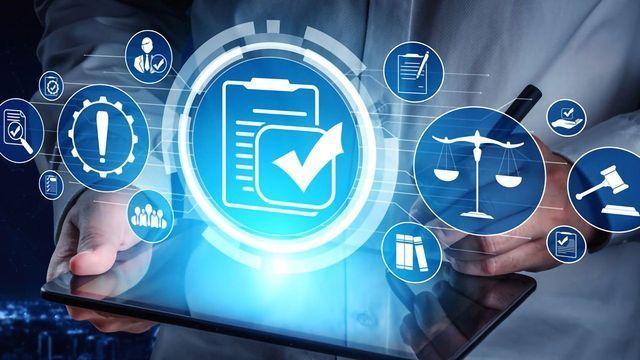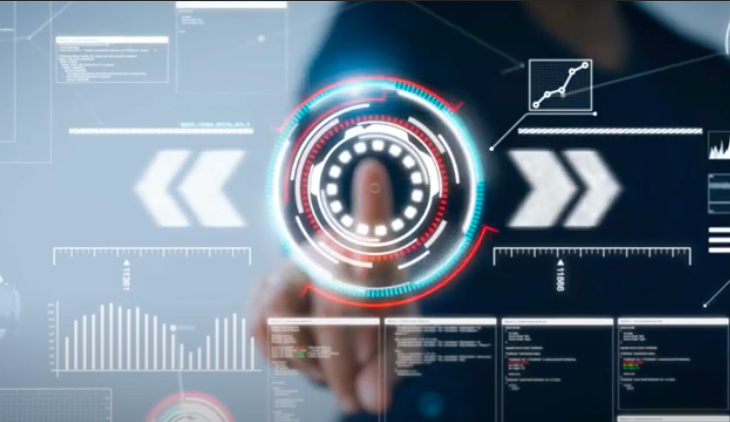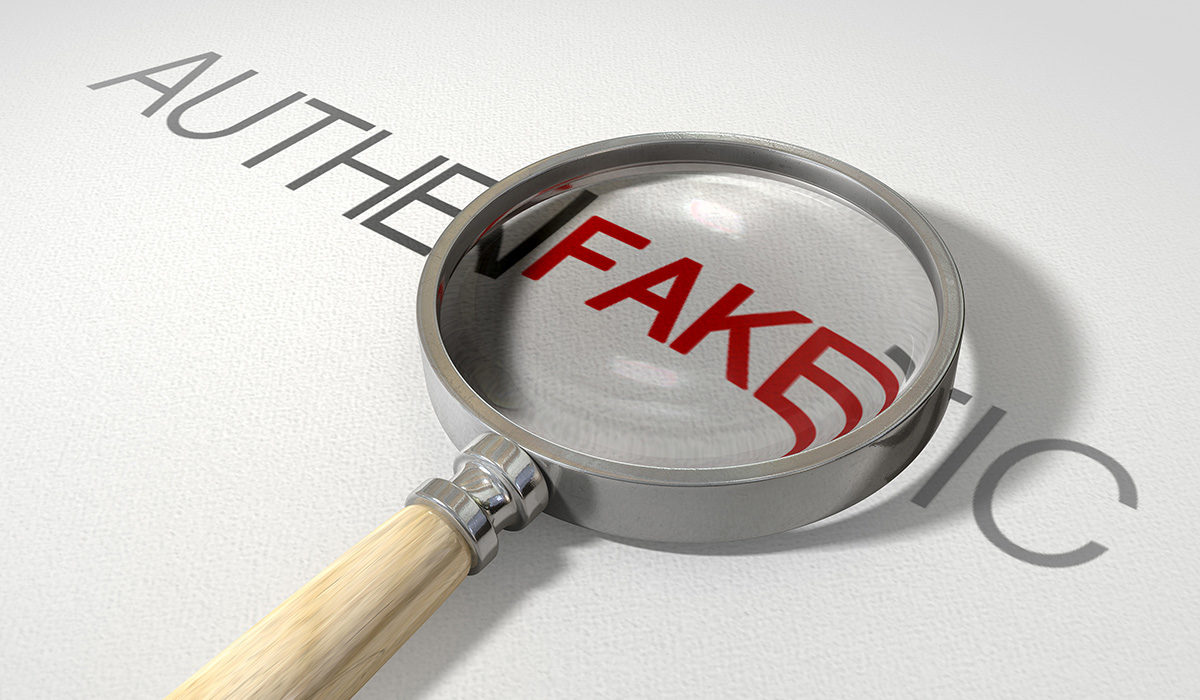Skill Certification Blockchain
Success Case: Competence Certification
Own Your Business and Ithum collaborated to innovate the certification process for training courses, utilising blockchain technology to notarise participants’ certificates. This initiative involved two high-profile training courses: “Auditor/Lead Auditor ISO/IEC 42001 Artificial Intelligence” and “Auditor/Lead Auditor ISO 22301”. The notarisation of certificates on the blockchain brought numerous benefits in terms of security, transparency, and global recognition of the skills acquired by the trainees.

Competence Certification with Blockchain Technology
Blockchain technology is revolutionising how skills and certificates are managed in education and training. The adoption of blockchain can bring numerous benefits, creating an ecosystem based on transparency, authenticity, and security in the certification and skills validation processes. This ecosystem involves various stakeholders interested in ensuring the authenticity of the data managed, creating a mechanism where data holders are incentivised to be part of this system, gaining a competitive advantage over those not involved.

Characteristics and Benefits
Transparency and Authenticity
Using blockchain to record skills and certificates brings unprecedented transparency to these processes. Every transaction is permanently and immutably recorded, ensuring that data cannot be altered or forged. This guarantees the authenticity of credentials and protects students, employers, and educational institutions from fraud and manipulation.

Simplification of Validation Processes
Blockchain notarisation of skills and certificates greatly simplifies validation and verification processes. Information is quickly and transparently accessible, allowing users to directly and reliably verify the validity of credentials. This eliminates the time and costs associated with manual document validation, improving the overall efficiency of the education and training system.

Portability and Accessibility
Blockchain makes credentials and certificates highly portable and accessible. Individuals can securely store their skills and certifications and present them quickly and directly to educational institutions and employers. This promotes mobility and flexibility in academic and professional contexts, enabling individuals to showcase their skills more effectively.

Reduction of Fraud Risk
Blockchain protects credentials from fraud and forgery, ensuring the security and integrity of the data. The adoption of blockchain promotes innovation in the education and training sector by encouraging the use of advanced technologies and more efficient processes. The transparency and authenticity guaranteed by blockchain help strengthen stakeholders’ trust in the competence certification system.

Credibility and Visibility
The use of blockchain enhances the credibility and reliability of educational institutions’ certificates, ensuring information transparency and authenticity. By leveraging blockchain, academic institutions can offer a more transparent and accessible skills registration service, increasing their visibility and appeal to students and employers.

Involved Stakeholders

Professionals and Companies
Professionals can notarise and certify their skills, gaining a competitive advantage in their respective business sectors. Companies can access transparent and traceable skills, reducing the risk of fraud and CV forgery.

Universities and Training Institutions
Universities and training institutions can use blockchain technology to issue immutable and unique certificates, reducing the risk of counterfeiting and enhancing their credibility.

Public Administration
Public administrations can verify skills during public tender procedures without needing to request confirmation from the data holders or those responsible for issuing certificates and credentials.
🧩 INTELLECTUAL PROPERTY & BLOCKCHAIN VALUE MATRIX — YLIUM INTEGRATION
| Regulation / Framework | Scope & Legal Reference | Blockchain Role (Ylium Function) | Ylium Benefit for IP Protection | Business Impact |
|---|---|---|---|---|
| WIPO – World Intellectual Property Organization | International protection of IP rights under Berne & Paris Conventions | Ylium notarizes works, designs, and patents with immutable timestamps | Provides verifiable proof of creation and ownership | Strengthens legal evidence in disputes and IP filings |
| EUIPO – European Union Intellectual Property Office | Manages trademarks, designs, and copyrights in the EU | Ylium integrates a blockchain certificate of originality linked to each digital work | Simplifies proof of ownership for EU IP registration | Reduces registration time and cost for innovators |
| Berne Convention (1886) & TRIPS Agreement (1994) | Protects literary, artistic, and scientific works internationally | Blockchain acts as a global register of creative ownership | Ensures international recognition of creation date | Facilitates cross-border copyright enforcement |
| Digital Copyright Directive (EU 2019/790) | EU directive for online content protection and fair remuneration | Ylium NFT system certifies authorship and licensing rights | Enables transparent royalty tracking and smart licensing | Creates new digital rights management (DRM) models |
| Patent Cooperation Treaty (PCT) | Harmonized patent application system | Ylium notarization certifies prior art and R&D documentation | Establishes verifiable innovation traceability | Simplifies proof of “first to file” and prevents IP conflicts |
| ISO 56005:2020 – Innovation Management | Guidelines for IP management within innovation processes | Ylium Core logs R&D steps and design iterations immutably | Supports IP audits, ISO certification, and innovation governance | Reduces risk of internal IP loss or misappropriation |
| GDPR & Data Act (EU) | Data ownership and transparency in digital assets | Ylium SSI / ID manages ownership and access rights to digital creations | Ensures privacy and control over intellectual property metadata | Secure distribution of IP with traceable access permissions |
| UNCITRAL Model Law on Electronic Transferable Records (MLETR) | Recognition of digital transferable documents | Ylium NFT allows tokenization of digital assets as transferable IP certificates | Turns IP rights into tradable digital assets | Enables new business models: tokenized art, patents, licenses |
| AI Act (EU 2024) | Regulation of AI-generated content and accountability | Blockchain ensures traceability of AI-generated works | Certifies human authorship vs. algorithmic creation | Protects creators and companies using generative AI tools |
| ESG / SDG 9 – Innovation & Infrastructure | Encourages fair, transparent, and sustainable innovation | Polygon-based Ylium ensures green and ethical certification | Demonstrates responsible and sustainable IP management | Boosts brand reputation and access to innovation funding |

